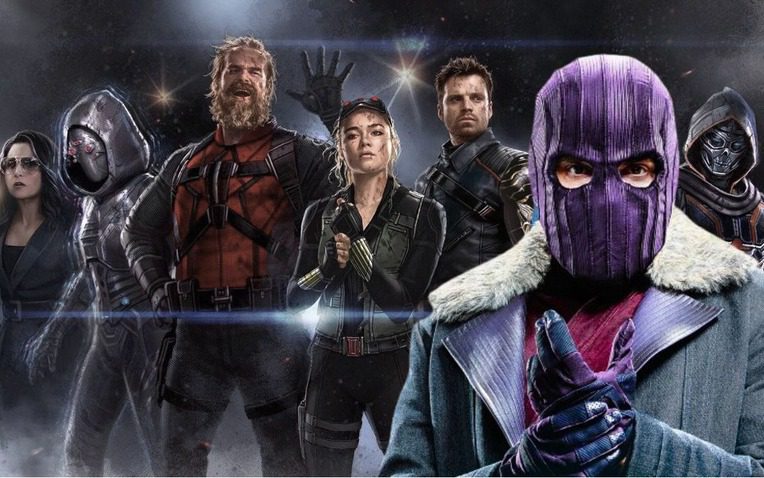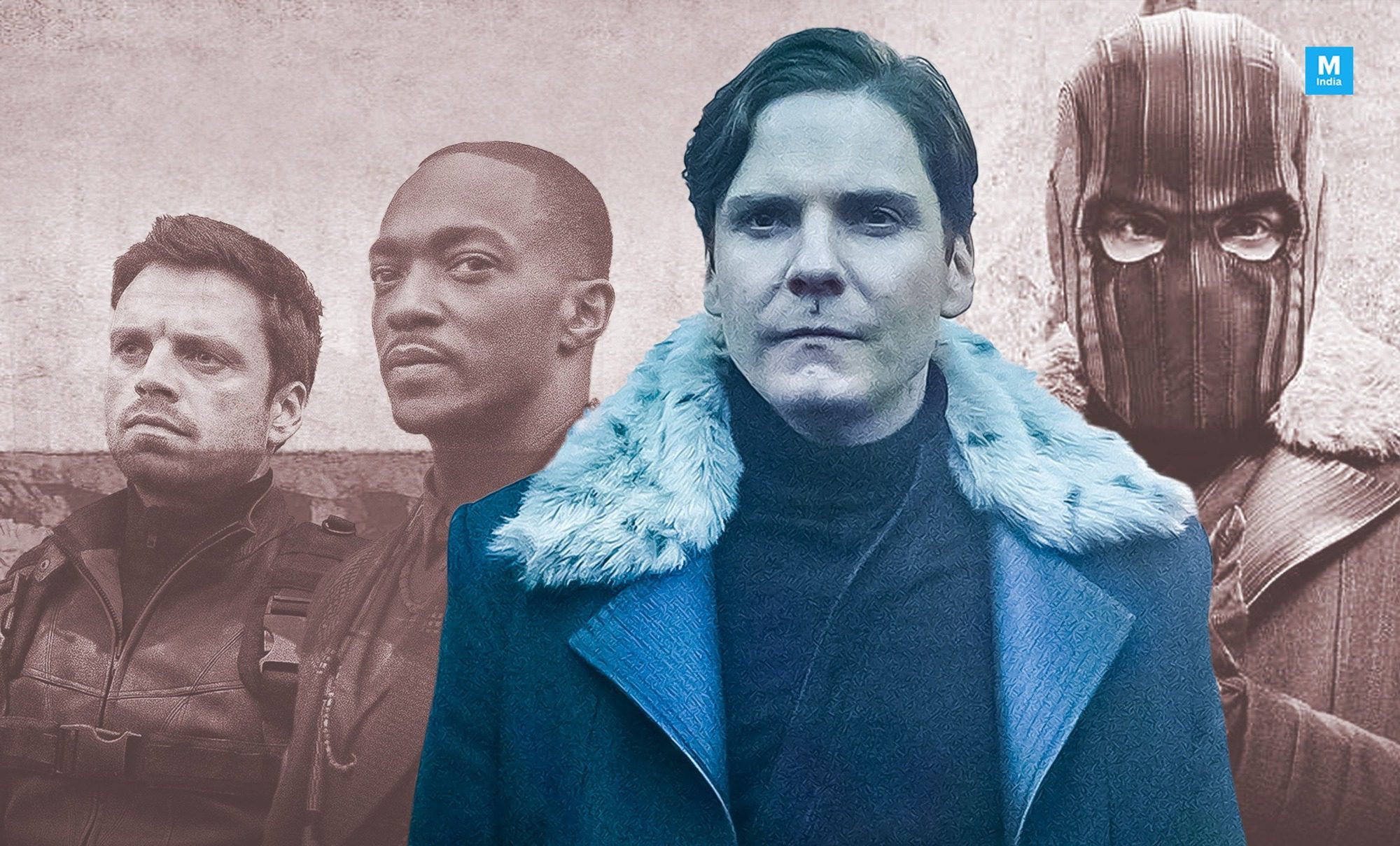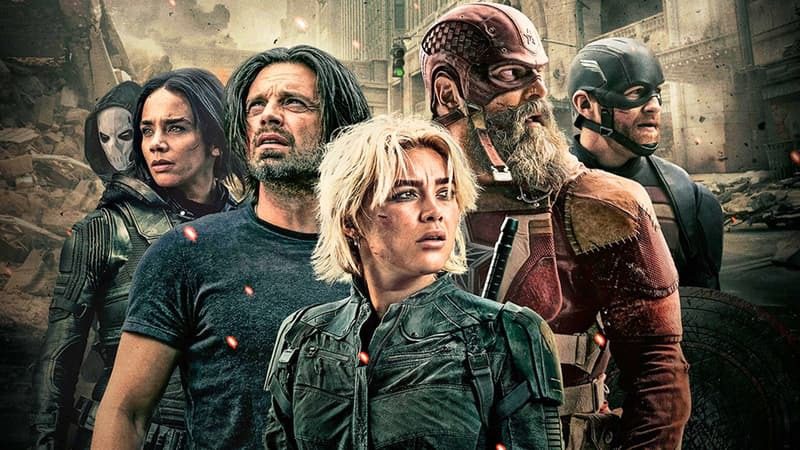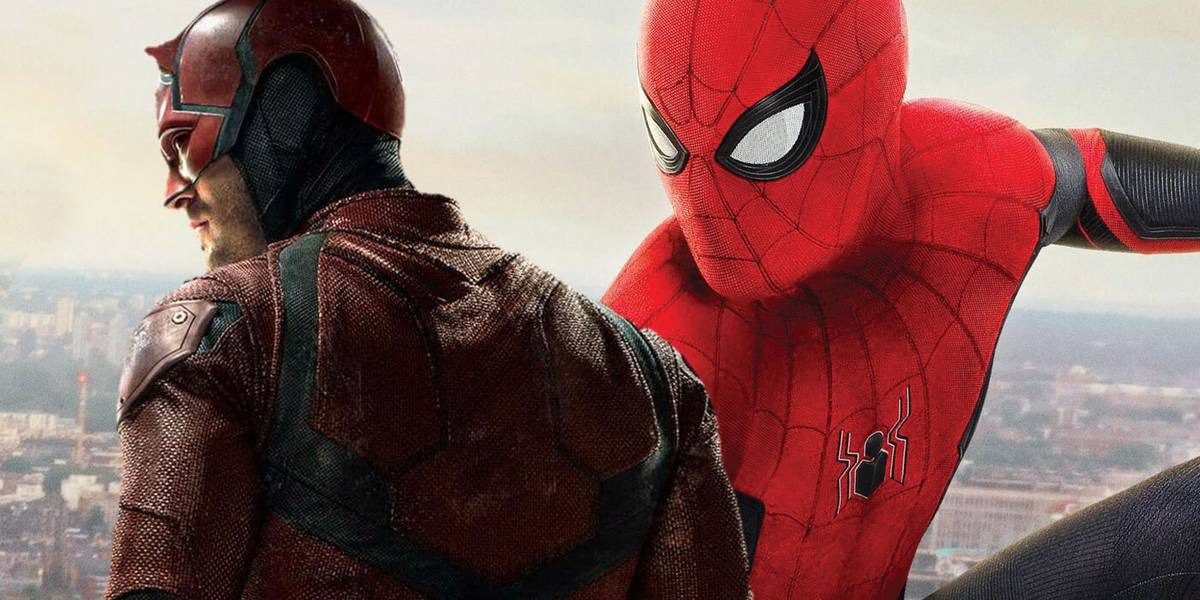
Thunderbolts is the latest cinematic endeavor from Marvel Studios, currently garnering significant attention from audiences. Instead of exploring the usual superheroes in the MCU, the film revolves around a team of anti-heroes led by Sentry, a character often dubbed Marvel’s Superman. Furthermore, this blockbuster officially identifies the Thunderbolts as a distinct group from the Avengers, potentially taking on more important roles in the future—most notably in the upcoming Doomsday and Secret Wars films.
Directed by Jake Schreier and penned by screenwriters Eric Pearson and Joanna Calo, both play pivotal roles in the success of Thunderbolts. For Joanna, this marks her first project with Marvel Studios after a stellar portfolio featuring titles like Hacks, BoJack Horseman, The Bear, and Beef. On the other hand, Pearson brings extensive experience in the superhero genre, contributing to works like Thor: Ragnarok, Black Widow, and Agent Carter. He is also currently involved in developing the script for the MCU’s Blade.
Recently, in a discussion with ScreenRant, Eric Pearson revealed several intriguing details regarding the script development process of Thunderbolts.
Zemo and Man-Thing “Miss Out” on Joining Thunderbolts

Since the Avengers made their debut on the big screen in 2012, Marvel Studios has consistently chosen to omit Ant-Man from the original lineup, focusing instead on six core characters: Iron Man, Captain America, Black Widow, Thor, Hulk, and Hawkeye. Likewise, in the initial lineup of Thunderbolts, Baron Zemo was excluded, despite being a key character in the comics. Zemo’s absence has left many fans feeling confused and disappointed following the film’s release.
There are three main reasons Marvel Studios decided not to include Zemo in Thunderbolts. Firstly, they struggled to find a way to integrate this character into the overall film script. Sharing with ScreenRant, Pearson mentioned that Zemo’s name did appear in the scripts at one point, with the initial idea being to have him as a potential antagonist, yet still allowing for various plot twists throughout the film, akin to what was done in Captain America: Civil War. After being cut, Zemo was expected to interact with Valentina Allegra de Fontaine’s crew and play a role in the larger narrative. However, this concept was ultimately discarded.
Secondly, the production team did not want Thunderbolts to be perceived as Marvel’s “Suicide Squad.” Initially, outside of Zemo, many familiar anti-heroes were slated to appear in this film. Pearson explained, “The genre has had its share of stories about anti-heroes, including Suicide Squad and The Dirty Dozen. We had to change things up.” Consequently, Thunderbolts was developed with inspirations drawn from Die Hard and The Breakfast Club, focusing on bringing all the characters together in one setting, allowing for a mix of awkward situations, followed by moments of them forming connections and realizing their common goals.
Ultimately, the writing team wanted Yelena Belova to take center stage in the film, with Zemo’s appearance potentially undermining this focus. “If there was a way to incorporate Baron Zemo into Thunderbolts, we would definitely do it,” Pearson stated, “but all the characters in the film are meant to connect through Yelena. After that, we also want to introduce Bob. Zemo simply doesn’t fit into the film’s script.”
Meanwhile, Man-Thing, who previously appeared in Werewolf by Night (2022), was also considered for a role in Thunderbolts. “We haven’t found a way to introduce this character yet,” Pearson admitted, “The initial idea was for Valentina to oversee Man-Thing. There have been many discussions, but we haven’t felt that the character fits into the Thunderbolts narrative.”
John Walker as the “Sentinel” Instead of Sentry

Pearson noted that the initial structure of the Thunderbolts script differs significantly from the final version. To illustrate, he likened it to a team-building exercise within a company, where employees interact and collaborate to become more familiar and understanding of each other. The twist occurs at the end of the film when a “backstabber” member is revealed: it turns out to be John Walker/U.S. Agent, the latest “bad apple” in the MCU.
Pearson explained, “In the early drafts of the script, John Walker was intended to be a late-stage character. The idea we established was that Valentina had manipulated the U.S. Agent when he was in a vulnerable state, forcing him to consume a type of drug she provided to maintain his strength. In reality, John is like a ticking time bomb and only explodes when Valentina feels it’s appropriate.” To put it simply, this idea mirrors the script of Captain America: Brave New World, where Thaddeus Ross/Red Hulk serves as Samuel Sterns’ “bomb.”
However, the writing team still wanted to emphasize that the conflict in Thunderbolts maintains a “healing” aspect. Thus, the concept of John Walker becoming the Sentinel, while potentially interesting, doesn’t align with the film’s intended message. They require a character embodying immense strength, someone who does not directly lead but rather utilizes “clever tactics” to achieve victory. In the end, Sentry was the chosen name.
Kevin Feige’s Vision: MCU Quickly Forms a New Avengers Team

Kevin Feige continues to be actively involved in the production of nearly every new project from Marvel Studios, and this time was no exception. For Thunderbolts, Feige brought forth two major ideas.
First, he wanted Bucky Barnes to play a central role, crafting a character arc reminiscent of a soldier during a war, representing various political narratives surrounding the Avengers. However, Bucky ultimately ended up with his own separate storyline, focusing on tracking Valentina’s activities. This direction reveals that Bucky remains all too experienced, too skilled in the MCU, and would rather act with finesse than brute strength.
Secondly, Kevin always envisioned transforming Thunderbolts into the new Avengers right from the project’s inception. Pearson shared, “When I first pitched the idea to Marvel Studios, Kevin immediately linked it to New Avengers. At that point, the script I presented was still quite vague, primarily focusing on the major events in the film, and the final act mainly featured Yelena behind Valentina, leading to a “So, she will work for us.” I analyzed and interpreted a lot, but in the end, Kevin simply said: “I think (Thunderbolts) should be the new Avengers. I think Valentina should officially be the New Avengers leader.”
“There was a time when we dedicated an hour to discussing whether the ‘n’ in ‘New’ should be capitalized or lowercase. The lowercase version – ‘new Avengers’, indicates that this is still a group of seasoned veterans with new members. Meanwhile, ‘New Avengers’, the version used in the official script, implies that this is a completely new superhero team, distinct from the previous Avengers group.”
Why Aren’t Other Superheroes in New York Joining the Fight Against The Void?

In recent years, Marvel Studios has introduced numerous superheroes into the MCU, including Spider-Man, Daredevil, She-Hulk, and Moon Knight. Many characters in the film are either alive or currently active in New York City—the primary battleground in the final conflict between Thunderbolts and The Void. However, when The Void descends into darkness, not a single superhero from the previously mentioned names appears to help fight or assist the common people. This also raises significant concerns for fans following the release of Thunderbolts.
When confronted with this question by ScreenRant, Pearson declined to provide any specific details about the narrative, stating, “I won’t disclose any details regarding that matter. I also haven’t seen the final version to confirm whether The Void’s area of influence has spread to Bleecker Street (where Doctor Strange operates) or not. However, I believe the timing of events may unfold differently than what we expect. Time in the Void can also stretch differently from reality.”
“As we established in Thor: Ragnarok, time operates quite differently in this dimension. When sucked into the Void Space, who knows how much time has passed? It could be just a second while being trapped in a vacuum.”
Thus, Eric Pearson’s explanation remains somewhat ambiguous. Nevertheless, it suggests that we may have to wait for future MCU projects to find answers to this question. Or at the very least, Marvel Studios should provide some clarification regarding The Void’s events concerning other superheroes.
Source: ScreenRant




















